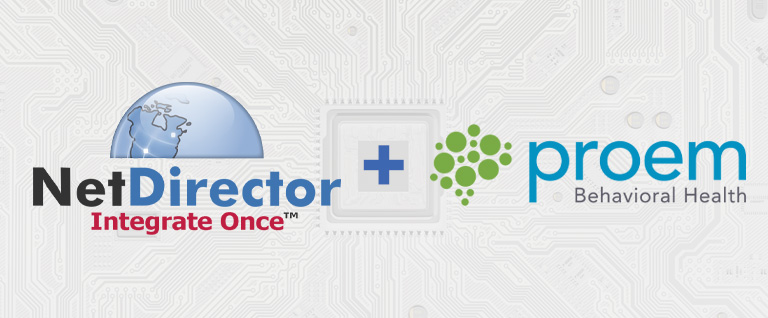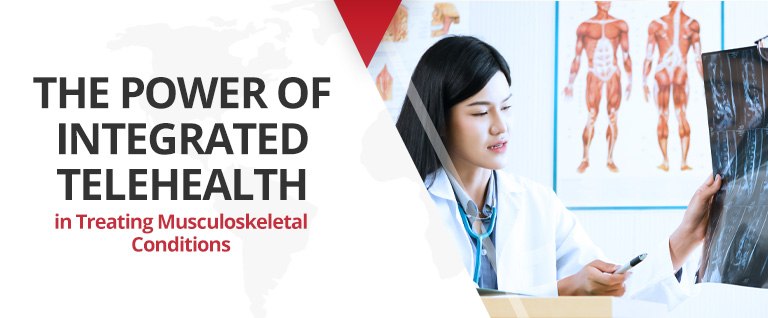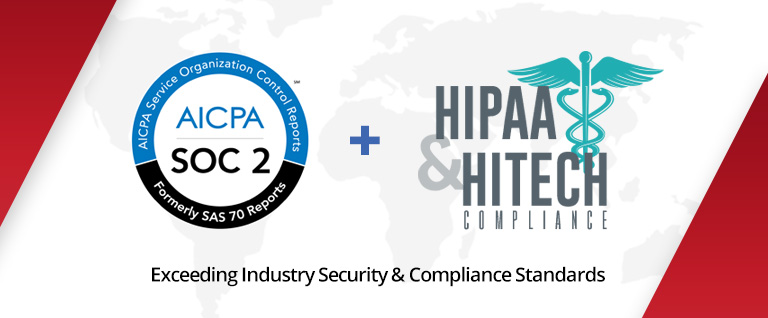Key measures of healthcare interoperability — electronically sending, receiving and finding clinical information — grew significantly between 2014 and 2015, the most recent period studied by the Office of the National Coordinator for Health IT (ONC).
An ONC Data Brief, published in May 2016 based on American Hospital Association survey data, reveals a marked upswing in interoperable exchange activity among U.S non-federal acute care hospitals. The ability to electronically send clinical information reached 85 percent in 2015, up 7 percent from the prior year, while receipt of such information jumped to 65 percent, a 9 percent increase over 2014. Fifty-two (52) percent of surveyed hospitals said they could electronically find clinical information in 2015, a 4 percent bump from 2014.
In practical terms, 82 percent of surveyed hospitals said they could electronically exchange lab results, radiology reports, clinical care summaries or medication lists with ambulatory providers or hospitals outside their organization in 2015, up 6 percent from 2014 and 20 percent higher than in 2013.
However, rates of integrating clinical information did not significantly change during the study period, with only about 4 in 10 hospitals able to incorporate data from outside sources into their electronic health records (EHRs) without manual entry. Most commonly, hospitals said they did not use patient health information received electronically from outside providers because such information was not available to view in their EHR as part of clinicians’ workflow. Another sizable segment reported difficulty in integrating the information in the EHR.
Overall, about half of surveyed hospitals reported that their providers “often” or “sometimes” used information electronically received from outside sources when treating patients.
ONC expects increases in the interoperable exchange and use of health information from outside sources, according to the data brief. In 2015, significantly fewer hospitals reported exchange partners’ lacking EHR systems or systems without the capability to receive data as barriers to interoperable exchange, the data brief notes.
“Our chapter ahead is to bring it all together to make it usable and actionable for everybody who wants it,” said ONC’s National Coordination Karen DeSalvo, MD, during the agency’s annual meeting at the end of May. “The people of this country are ready for electronic health information to be available when and where it matters to them.”
At the moment, hospitals that engage in all core domains of interoperability have necessary patient information electronically available from outside sources and providers at about twice the national average, ONC’s report states.
The policy and technical actions needed to enable ubiquitous interoperability by the end of 2018, as outlined by ONC’s Shared Nationwide Interoperability Roadmap, should address current barriers between hospitals and their electronic trading partners, according to the agency.
NetDirector’s healthcare strategy aligns with ONC’s interoperability objectives and direction. The cloud-based HealthData Exchange enables hospitals and physicians to reduce the time, cost and effort needed to achieve EHR integration. The technology streamlines clinical workflow and communications with the extended provider community while supporting automated processes for paper-based processes in transition to full electronic connectivity.
For more information, contact NetDirector or request a free demo.




